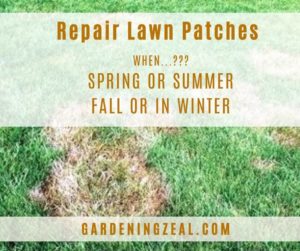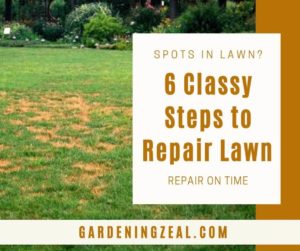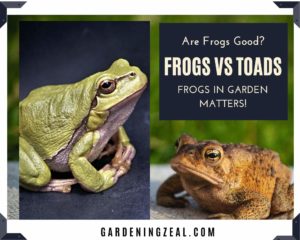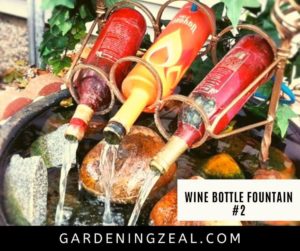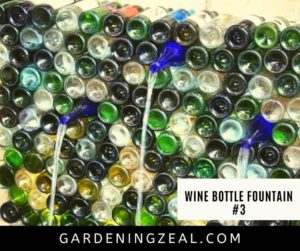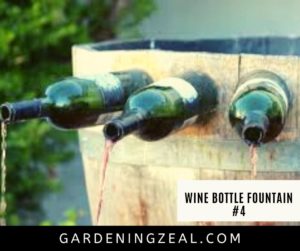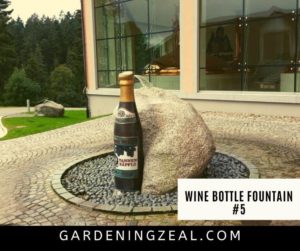‘Does Baking Soda Kill Ants?’, the most burning question of the time that is searched not only by gardeners but every person frustrated by ants in the home.

If you are one of those you must know first ‘Ants belong to the family Formicidae’ that have more than twenty thousand species and most diversified insects on the earth.
This tiny creature is the prime problem in the garden as they modified after flowering plant diversification. With the divergence of ants, man found multiple ways to tackle their nuisance.
So is the the ‘Baking Soda’.
Here is the solution to the problem and pet answer to your query about ‘Does baking soda kill ants?’.
Let’s begin with the devastating role of ants in the garden, ant species, and finally about how you can use baking soda to kill ants in the garden.
Ants in Garden
You may be stung by an ant BUT there are thousands of ants that live in colonies. These thousands of ants are grouped into soldiers, drones, and workers that are head by only the queen.
This huge number of ants make complex nests underground, on trees, under tree trunks or logs, hollow stems, or under stones in the garden.
The tiny wise ants have a deep selection sense of nest building. They use soil and plant material to build their protective nests.
Different ant species make nests carefully.
- Temnothorax albipennis
These ants are clever enough that they do not make nests in gardens where they find dead ants as indications of disease or predator.
They quickly sense the threat and abandon the place to a safe site.
- Weaver ant (Oecophylla smaragdina)
Weaver ants belong to the family Formicidae that live on trees and are recognized due to their unique nest-building strategy.
The workers build nests by weaving leaves using larval silk. They build enormously huge nests spanning number of trees.
- Formica polyctena
The ants of this species construct nests consciously by considering nest temperature. They maintain a constant temperature so that larva develops.
They not only maintain their nest ventilation but also maintain heat by making a nest in a sunny place.
- Fire Ants
Fire ants also called red ants belong to the genus Solenopsis that are stinging in nature. These little ants with painful stings are reddish-brown in a color that gives an appearance of fire red color.
These ants reside in the form of colonies by producing large mounds on lawns or ground that feed on young plants.

Ants in Garden Good or bad
So, after finding ant species in the garden, you must be wondering whether ants in the garden are good or bad?
These biting ants not only sting you when caring for plants in the garden but also damage your greenery.
Coming to the point, ants do more bad than good in the garden.
The only benefit you may get from ants is they prey on insects.
Fortunately, you can take this benefit from having frogs in garden then why keep plant devastating ants in the garden as they weaken plant roots and make them vulnerable to diseases.
They build deep complex nests having food storage rooms and nursery rooms that are complex structures of the nest.
If you have a patchy lawn with irregular grass, this may also be the gift of ant colonization because they prevent proper growth of grass.
Now surely you want to get rid of ants, but how?
Adding to your luck, you can get rid of this tiny creature easily with BAKING SODA.
See what baking soda is and how you can use it to eliminate ants.
Baking Soda as Insecticide – Answer for ‘Does Baking Soda Kill Ants’
Baking soda in an inexpensive natural solution to the problem of ants.
When ants ingest baking soda in any way, they release carbon dioxide from the body that ultimately leads to their death.
How to Use Baking Soda to Kill Ants – Use in Combination
So, your curiosity about ‘Does baking soda kill ants?’ is going to end up here.
You will know 5 fantastic ways to use baking soda with different materials to eliminate ants in the garden or elsewhere in the house.
-
Baking Soda and Sugar
Ants like sugar. You can deceivingly attract them by giving sugar mixed in baking soda.
To make this mix, you have to take icing sugar because ants are clever enough to separate sugar crystals from the mix.
Take equal amounts of baking soda and sugar — mix in a container.
You can also add water to make a paste depending upon your using strategy.
When made this mix, scatter in the lawn where you see high mounds. Add at the trunk base. You can also sprinkle beneath and alongside the stones that you have placed on the garden paving.
Find out any nesting by removing topsoil and fallen leaves and sprinkle there to get rid of ants.
-
Baking Soda and Powder Vitamin C
Just like other combinations of baking soda to kill ants, Vitamin C pills also work to eliminate ants. Just crush the pills and mix with baking soda and sugar in water to make a mixture.
When you are done, locate the anthills in the garden and apply the prepared mixture as per the massiveness of the colony.
You may also apply near young sensitive plants to protect from any attack of ants.
-
Baking Soda and Boric Acid
Using baking soda with boric acid is a good combination to kill ants. Boric acid is a good antiseptic that can help to get rid of ants.
For extra benefit, you can mix the boric acid into a sugar masked baking soda mix.
Caution: Boric acid is toxic for human and pets both. You must take care to use it in the garden where your kids and pets play.
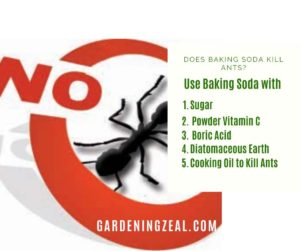
-
Baking Soda and Diatomaceous Earth
Diatomaceous Earth is a natural compound made from marine animals, shells of diatoms.
Add some powdered diatomaceous earth with baking soda alone or a mixture of sugar and baking soda for a more potent mix.
You might be thinking what diatomaceous is going to do with ants?
So, here comes the puzzle solved, Diatomaceous powder is quite abrasive in nature. When an ant comes in contact with it, its protective outer covering, cuticle, damages.
Due to its absorbent activity, ant loses water-holding capability and as a result of dehydration dies.
Caution: In order to get rid of ants in the garden, use food-grade diatomaceous earth as it is safe and non-toxic for both pets and humans.
Some varieties other than food grade may have somewhat pesticide activity and are not safe to use in pets and kids’ accessible areas.
-
Baking Soda and Cooking Oil to Kill Ants
Cooking oil mixed in baking soda gives good results to deter ants. Take one teaspoon of baking soda and mix in less than one spoon of cooking oil.
Make a spray of this mixture by mixing it in warm water. One cup of warm water is sufficient for this mixture.
If you have more colonies of ants, you can prepare as per your need and spray where you see ant hills in the garden. Still, if the problem is unsolved contact pest control vancouver and gets rid of the pests.
